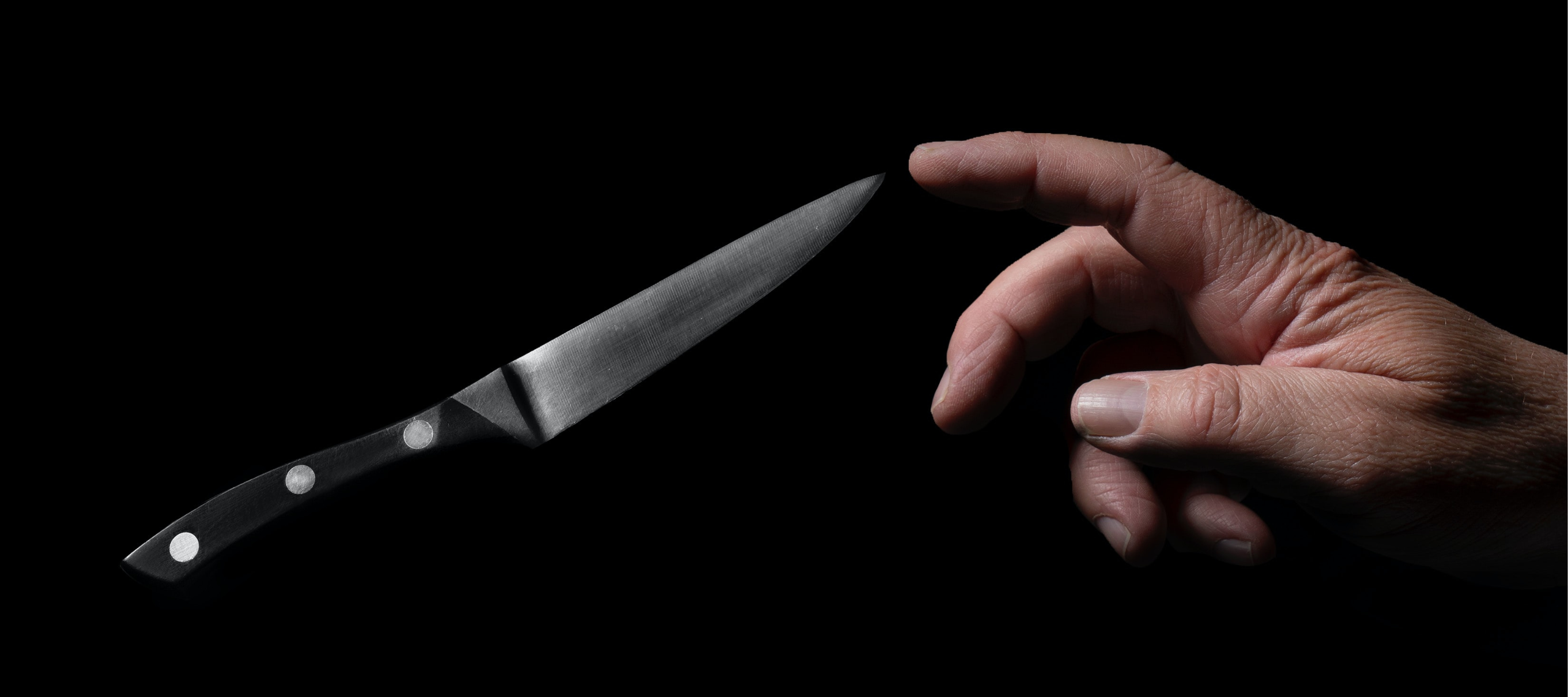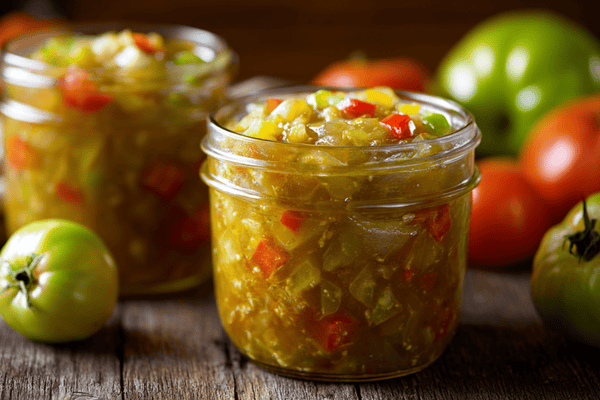
It’s easy to fall into the trap of thinking that buying any old chef's knife will do. But if you’re keen to get culinary then you’ll need a partner rather than just a cutting utensil. The best knives are designed to be versatile and when you find the right one, you’ll just know.
But choosing the best chef’s knife for your kitchen is fraught with challenges and if this is your first time, then you’ll need to make sure that you look at all aspects before committing to any one knife.
In this guide, we will be telling you everything you need to know about, and how to choose a good chef's knife, that will quickly become your favourite kitchen companion.
Table of contents
Get to Know the Chef's Knife
Before you can even think about choosing a chef’s knife, it is essential that you get to know this piece of kitchen equipment. There are many different types of chef's knives and while the general concept of each is very similar, there are some things that you need to know about the various aspects of the chef’s knife.
The Handle
 It might seem irrelevant since the blade is that part that does all of the work but the chef’s knife handle is one of the most important parts. If you don’t have one that feels secure and comfortable when holding it, you can be sure you’re not onto a winner.
It might seem irrelevant since the blade is that part that does all of the work but the chef’s knife handle is one of the most important parts. If you don’t have one that feels secure and comfortable when holding it, you can be sure you’re not onto a winner.When holding your knife, you shouldn’t have to strain yourself and when it’s wet, the handle grip should not feel as though it is going to slip from your hand. You will notice that some handles have moulded patterns that improve grip, however, not everyone gets on with this style so it’s important to test the knife out.
Moreover, you must choose a knife whose handle has a good amount of clearance on the underside. This will prevent you from banging your knuckles on the cutting board as you are using your knife. But then, the height of the blade will also count towards this so you’ll need to look at both when making a decision.
The Bolster
 You might hear this being called the shoulder, shank or collar but all of these names refer to the same thing and bolster is certainly the most common term. This is the point at which the handle and blade meet and is a thick piece of metal that adds stability and strength to the overall structure. What’s more, it is also designed to act as a guard for your fingers against the cutting surface.
You might hear this being called the shoulder, shank or collar but all of these names refer to the same thing and bolster is certainly the most common term. This is the point at which the handle and blade meet and is a thick piece of metal that adds stability and strength to the overall structure. What’s more, it is also designed to act as a guard for your fingers against the cutting surface.Depending on the type of knife you buy, the bolster may differ slightly in that forged knives tend to only feature a half bolster. In the case of the Japanese knife, there might not be a bolster at all. The good thing about this is that it allows you to fully sharpen the full length of the blade.
Regardless of the bolster, it is important that this feature does not alter your grip on the knife, especially if you feel as though it forces you to hold the knife more tightly.
The Heel
 For most knives, the heel is the thickest part of any good chef's knife. The thick heel is designed for cutting tasks that need a bit more force such as getting through thick-skinned and dense vegetables like butternut squash or cutting through tough meat tendons.
For most knives, the heel is the thickest part of any good chef's knife. The thick heel is designed for cutting tasks that need a bit more force such as getting through thick-skinned and dense vegetables like butternut squash or cutting through tough meat tendons.The heels on some chef knives are so hefty that they prevent you from being able to complete a rocking motion by halting this motion abruptly. If this happens, we would suggest going for a different knife.
The Spine
 The spine is the top part of the blade which would normally have squared edges. Additionally, the spine will usually taper to the point; using a blade with a thick point would be very difficult.
The spine is the top part of the blade which would normally have squared edges. Additionally, the spine will usually taper to the point; using a blade with a thick point would be very difficult.It is important to look at whether the spine is rough or polished as this may affect how comfortably you grip the knife.
The Edge
 The cutting edge of the knife is what does the work and when you purchase your utensil, you would expect it to be sharp and ready to start cutting. The chef's knife is a sharp knife but not traditionally a serrated knife. With brand new knives, you should be able to slice through a piece of paper with a clean, smooth cut with the knife's sharp edge.
The cutting edge of the knife is what does the work and when you purchase your utensil, you would expect it to be sharp and ready to start cutting. The chef's knife is a sharp knife but not traditionally a serrated knife. With brand new knives, you should be able to slice through a piece of paper with a clean, smooth cut with the knife's sharp edge.If you like to use the rocking cutting technique, then you will need to look for a knife with a more slightly curved blade. The ideal knife will aid the user with very fine slicing and a whole host of everyday kitchen tasks from the heel of the blade to the very tip.
Edge retention comes from the high-quality materials used in the forging of the blade and in the correct care of the knives once in use.
Choosing Between Japanese and German
One of the first things you will need to think about when choosing a knife is whether you opt for German (European) or Japanese-style knife. Neither is superior to the other and both have their uses but it very much depends on how you plan to use the blade. So should you choose Japanese knives over a German Chef's knife or vice versa?
Japanese
Single bevel with an angle between 10 and 16 degrees
Sharp, thin blade without bolsters
Hardened steel is often used that is above 62 on the Rockwell Hardness Scale
Straighter blade more suited to slicing
Lightweight and well balanced
Easier to damage owing to harder steel - typically high-carbon Damascus Steel
German
Double bevel with an angle between 17 and 20 degrees
Thicker blade, often with a hefty bolster
Less hard steel with a rating between 52 and 60 on the Rockwell Hardness Scale
Curved blade, ideal for rocking technique
Heavier knife and with a balance point at the tip
More robust but the blade dulls easily, typically made with high carbon stainless steel
How to Choose Your Chef's Knife
When you are choosing your new chef’s knives, there are other things to think about other than the heritage of the knife. It’s important to look over each feature carefully to determine whether the knife will be suitable for your needs.
● The weight of the knife is something that will affect how well you can use it. It’s a good idea to try out a few different options and see what feels best. Heavier knives may have gravity on their side, aiding them to almost ‘fall’ through the food. However, lighter knives have the benefit of easier manoeuvrability with a flexible blade. Ultimately, it’s what feels better to you.
● You should also think about the balance of the knife but again this is something that comes down to personal preference. You can test the balance by holding the handle. You will be able to feel if it is more weighted at the back or the tip. You need a knife that feels well balanced for you. You should also make sure that it isn’t balanced more on one side than the other as this gives it a tendency to teeter to one side when cutting.
● The size of the knife is the final important factor to consider. Usually, domestic cooks will choose an 8-inch chef's knife as these are the most versatile. However, it is once again essential to consider your preference. Some people like the smaller size of a paring knife but you don’t get the versatility. While others like a larger 10-inch knife which could feel too big for some users. Try out different sizes and see what feels right.
Final Thoughts
 Home cooks and professional chefs alike would agree that a good chef's knife is an essential tool in any kitchen. When you choose the right chef’s knife, you will instantly notice how it improves your effectiveness in the kitchen. It just feels good. However it’s highly unlikely that your hand will just fall onto the right knife, you’ll need to take some time looking at different options to find the perfect match!
Home cooks and professional chefs alike would agree that a good chef's knife is an essential tool in any kitchen. When you choose the right chef’s knife, you will instantly notice how it improves your effectiveness in the kitchen. It just feels good. However it’s highly unlikely that your hand will just fall onto the right knife, you’ll need to take some time looking at different options to find the perfect match! Whether you eventually opt for a robust high carbon stainless steel German-style knife or lean towards the sharper edge and thinner blade of Japanese-style knives, the information included in this article will help you feel more confident in how to choose a chef's knife that's perfect for you.


